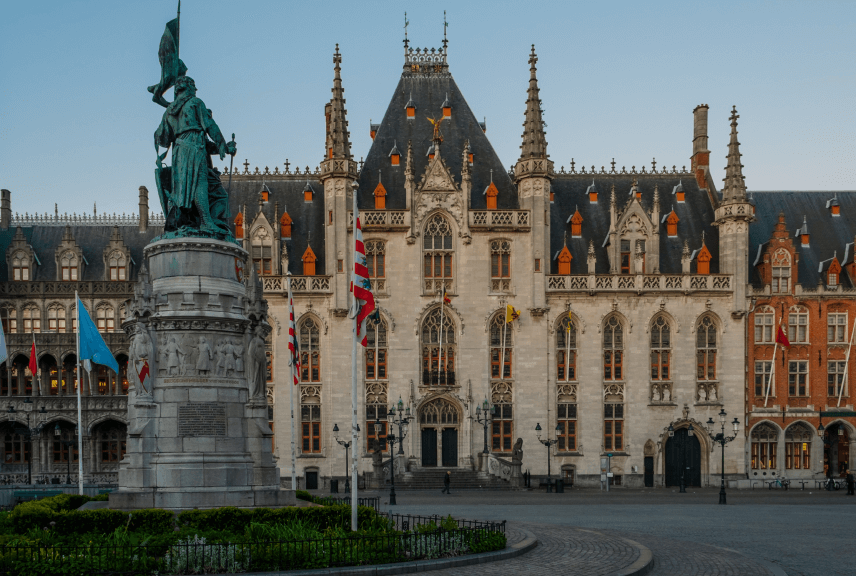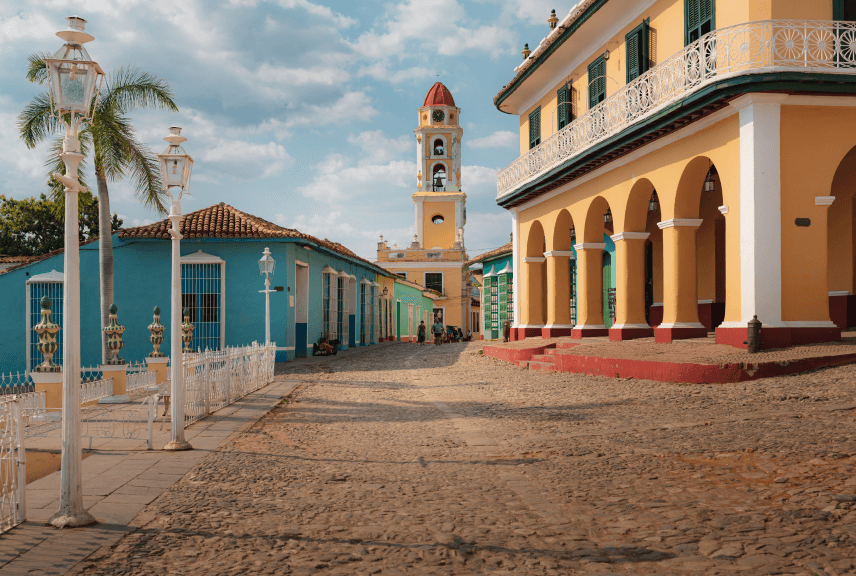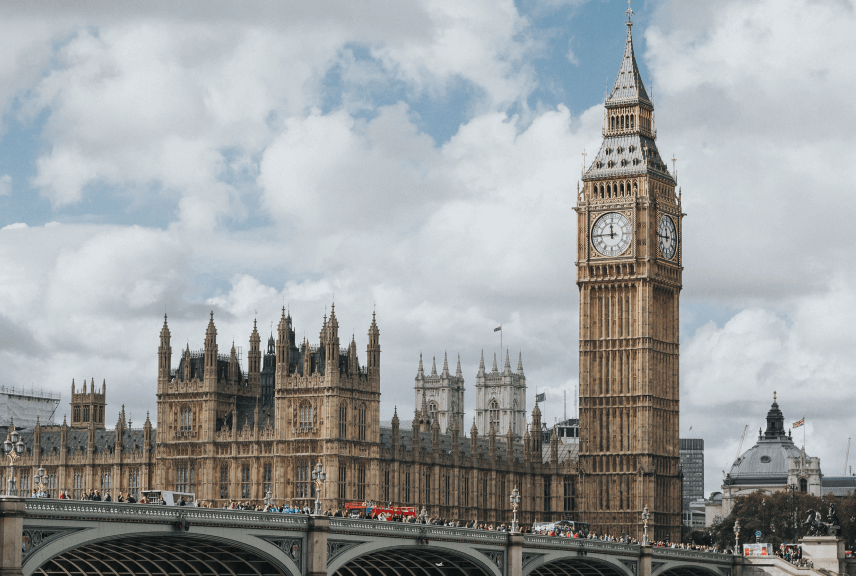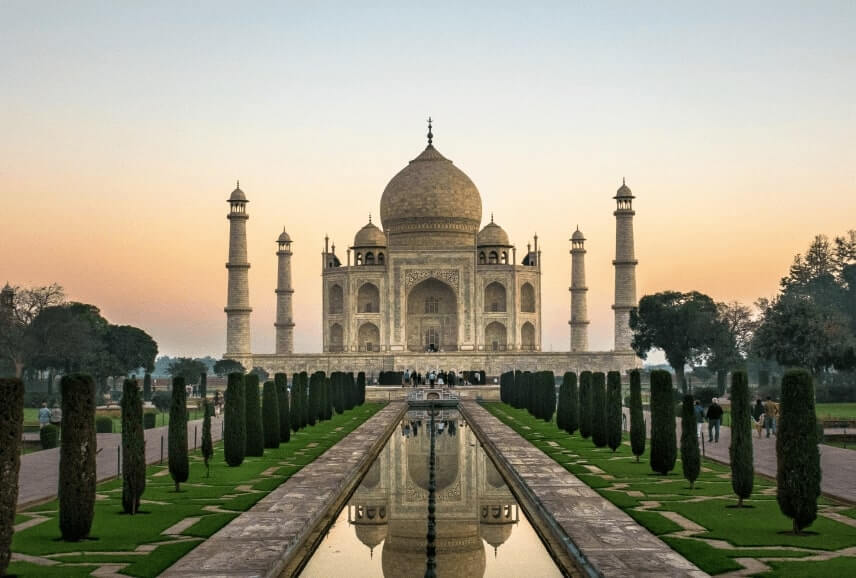Swatantra Sangrahalaya
Diwan-i-Am: Raised on arches supported by pillars and with a façade of nine engraved arch openings, the Diwan-i-Am is the next structure, which one comes across, inside the fort complex. It is the Hall of Public Audience where the emperor received the general public and listened to their complaints. Justice was carried out at once and various methods were used to punish the convict, including beheading! It houses a marble canopy or baldachin under which stood the throne of the Emperor. The marble throne canopy was also known as ‘The Seat of the Shadow of God’. It also had once a gold-plated railing that surrounded the throne canopy. The hall was covered by a thin layer of white plaster to create the effect of white marble and was ornamented with gilded stuccowork. The marble dais below the throne is where the prime minister heard the complaints and conveyed them to the emperor. At the back of the throne were the inlaid panels with multicolored stones, representing flowers and birds. It is said that Austin Bordeaux, a Florentine jeweller, made the panels but some are of the opinion that the intricate floral inlay work was done by Indian craftsmen. The central panel has the figure of the Greek God Orpheus, unusual in Islamic buildings and is the only example of such imagery in the whole complex. These panels were damaged during the War of Independence of 1857 and were removed to the Victoria and Albert Museum in London. However they were restored in 1903 at the instance of Lord Curzon. The hall originally had a courtyard at the front which extended upto the Drum House. Silver plated poles covered the courtyard, where minor officials and the crowd stood and watched the proceedings of the day.
Mumtaz Mahal: Mumtaz Mahal is the southern end of all the palaces along the eastern wall of the Fort. Originally, along the riverfront, there were six main palaces and the Stream of Paradise or Nahr-i-Bihisht flowed through them. Mumtaz Mahal is one of them and it was the residence of Jahanara Begum, Shah Jahan’s favorite daughter and the head of the royal harem. The Mahal had six apartments divided by arched piers and was the part of the imperial seraglio. The interesting feature of the Mahal is that only the lower half of its walls and pillars are built with marble. Today the Mahal houses a Museum of the Archaeological Survey of India. The museum contains souvenirs, weapons, paintings, scenes of courtly life and carpets, largely belonging to the Mughal period.
















